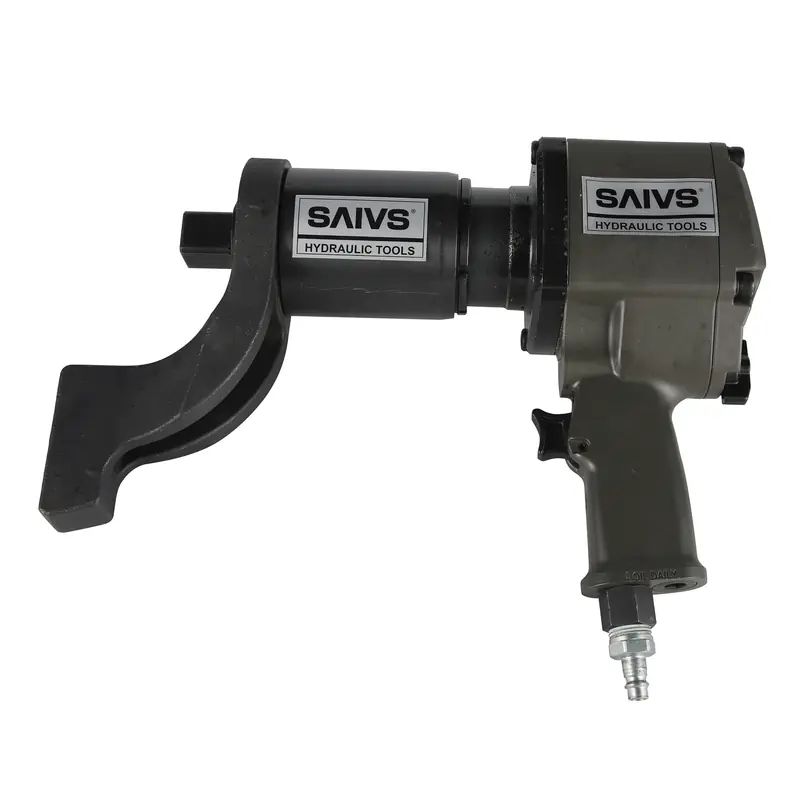The Role of Hydraulic Wrenches in Ship Deck Operations
The hydraulic wrench has a wide range of applications in various industries such as energy, electricity,
machinery, metallurgy, chemical engineering, mining, and shipbuilding. It is commonly used for equipment installation,
maintenance, and the efficient assembly and disassembly of important bolt connections.
Now let's discuss the reasons for using Hydraulic Wrenches in Ship Deck Loading and Unloading operations, as well as troubleshooting.
Reasons for using hydraulic wrenches in ship deck loading and unloading operations:
In ship deck loading and unloading operations, a large number of bolts with large diameters are used.
It is difficult to achieve proper installation standards with manual labor alone. Therefore,
hydraulic wrenches are indispensable for ship deck installations. They are convenient to use,
save labor and time, do not require a large operating space, reduce the labor intensity of workers,
improve work efficiency, and ensure product quality.
Hydraulic wrenches allow precise locking or loosening of bolts during the installation or disassembly process,
thereby guaranteeing both work efficiency and product quality.
For a ship deck, whether it is for installation or dismantling and maintenance, how to work quickly,
effortlessly, and effectively is the primary concern of installation and maintenance personnel.
Suppose a piece of steel plate requires six bolts for fastening. After the basic installation of all accessories,
non-standard hydraulic wrenches can be used to quickly secure and tighten the bolts.
This allows the work to be completed rapidly through repetition. Therefore, when repairing or installing large bolts,
non-standard hydraulic wrenches are indispensable tools that cannot be replaced.
Common faults of hydraulic wrenches:
During the use of hydraulic wrenches, various malfunctions may occur, making the operation of the Hydraulic System difficult.
There are six common types of failures: vibration and noise production due to the presence of air in the oil suction hose
or excessive resistance in the oil suction hose, high oil viscosity, clogged filter screens, etc.
When a large amount of air is sucked in during operation, it can cause cavitation, resulting in vibration and noise.
To address this issue, the internal diameter of the oil suction hose can be appropriately increased,
suitable hydraulic fluids can be selected, and the oil filter can be cleaned or replaced.
Improper selection of Hydraulic Components, inadequate maintenance and replacement of hydraulic wrenches,
and substandard control valves can also lead to vibration and noise. Poor technical conditions of control valves,
such as poor seat sealing or misalignment, fatigue or damage to pressure regulating springs, blocked damping holes in the valve spool,
can all induce vibration and noise. Submerging the gears of non-standard hydraulic wrenches into oil can create strong noise,
while the blades of hydraulic wrenches getting stuck in the grooves can also produce noise.
Why Choose SAIVS™ as Your Supplier?
With 20 years of industry experience, SAIVS is a leading Chinese manufacturer of high-quality tools, offering competitive pricing and excellent customer service.We pride ourselves on exceptional quality control, extensive experience, and comprehensive after-sales service.
